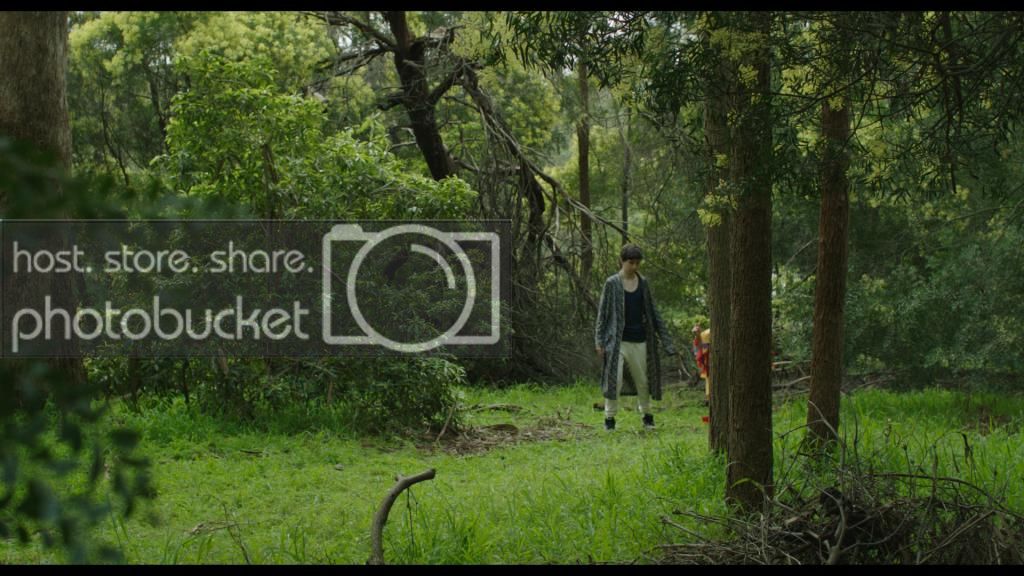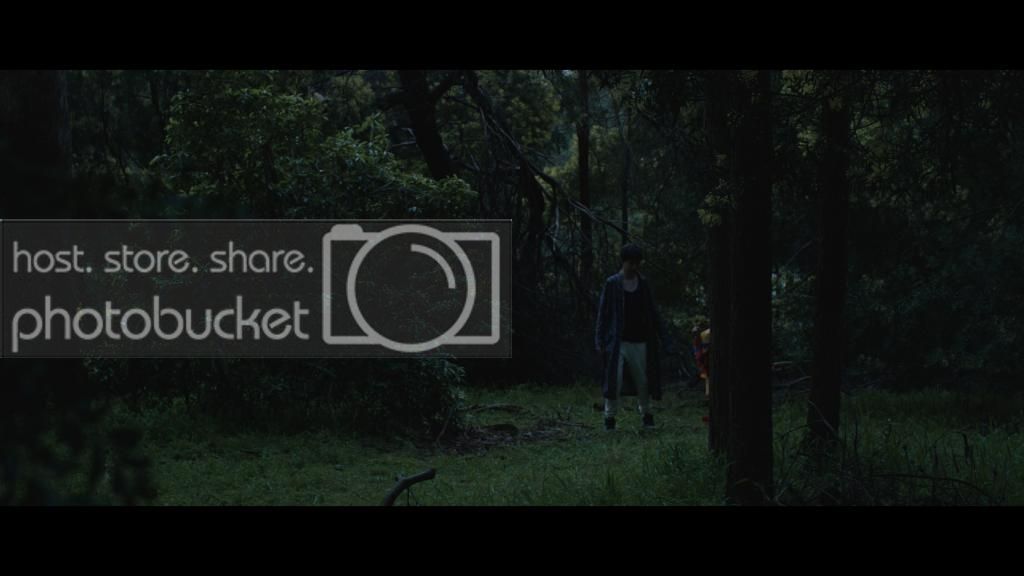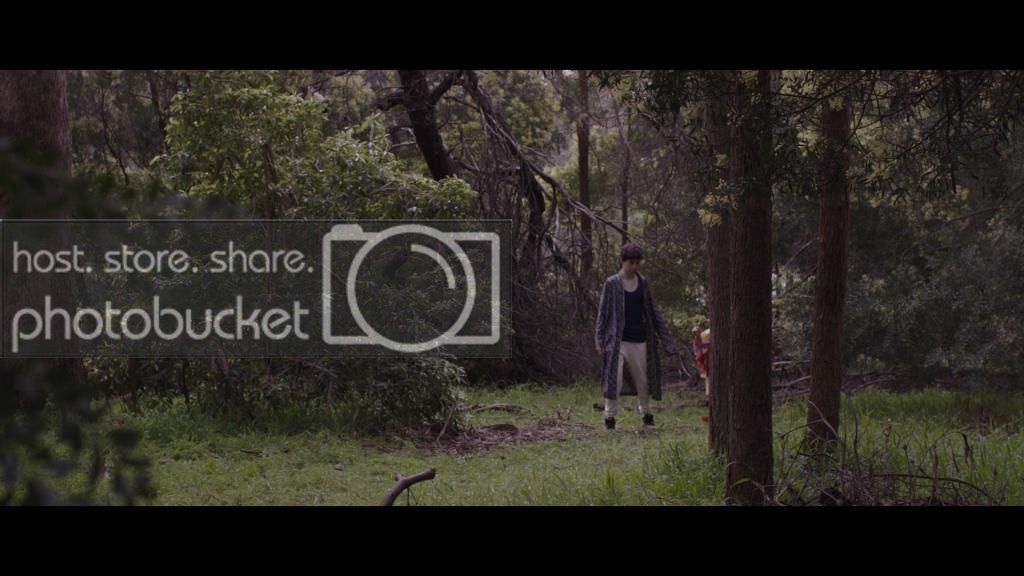Both shooting night-for-night, and shooting day-for-night has inherent issues, even when paying people.
Night-for-night, you have issues of how much light you need, what lenses you need, how wide open you need to be (and the inherent issues there for focus), what ISO you need to be at (and the inherent issues there for noise). Then you have the issues of call times and work times, and the fact that night shoots are hard. I've found night shoots tend to move slower than day shoots, especially once you hit about the 1am mark. Are you going to start at last light (say around 6pm) and force peopel to work until sunrise..? If not, are you going to have enough shot in that period of time to cut your scene together?
Shooting day-for-night means you can stop down, you can lower your ISO, you can give your actors and crew normal call times, you don't need as much light...
But then you have issues with the look - are you able to light it in such a way that you'd be able to grade it to look right in post? Are you in locations where you can easily hide the sky? Are you able to do the post work yourself? If not, do you have someone lined up to do it, who you know can definitely pull it off? Do you have a good enough Gaffer and DP team who are able to know sun movement and compensate for that? Do you have enough silk frames and similar equipment to soften hard sun shadows, or alternately are you willing to wait out for an overcast day? Are you able to find locations without street lamps, or shoot in a way that doesn't show them? Or are you able to 'turn them on' in post?
There's so many different things to think about - welcome to the world of filmmaking

My best tip: You won't get it perfect, so just make a decision and go out and shoot it. The best Directors are the best Directors because they are confident decision makers. They quickly weigh up the option in their head and make a decision about what they think is best. Now, with more experience, you're able to weigh up the potential consequences of an option better, but you still need to make the decision, and make it quick. There's no time on set to spend an hour faffing about trying to make a decision. Yes, sometimes you get it wrong. But that's all part of learning - you're not making a billion dollar film are you? Even the most experienced people make the wrong decisions sometimes, or if not the 'wrong' decision, just the decision that makes thing harder than they need to be.
Welcome to being a Director. Unless you've got all the money in the world, you'll never get 100% exactly perfect what your vision in your head is. But, you work with what you've got, you make some tough decisions, and you get it as close as possible.
I've posted up my really quick, rough 'day-for-night' grade, and I'll hopefully be able to grab a screen over the next couple days of the 'night-for-night' I shot (admittedly on an Alexa with HMIs, but still).
You should make an educated decision, knowing what is possible from both - but you do need to make a decision and stick to it. Whatever the outcome, you work with it and get is as good as you can.







